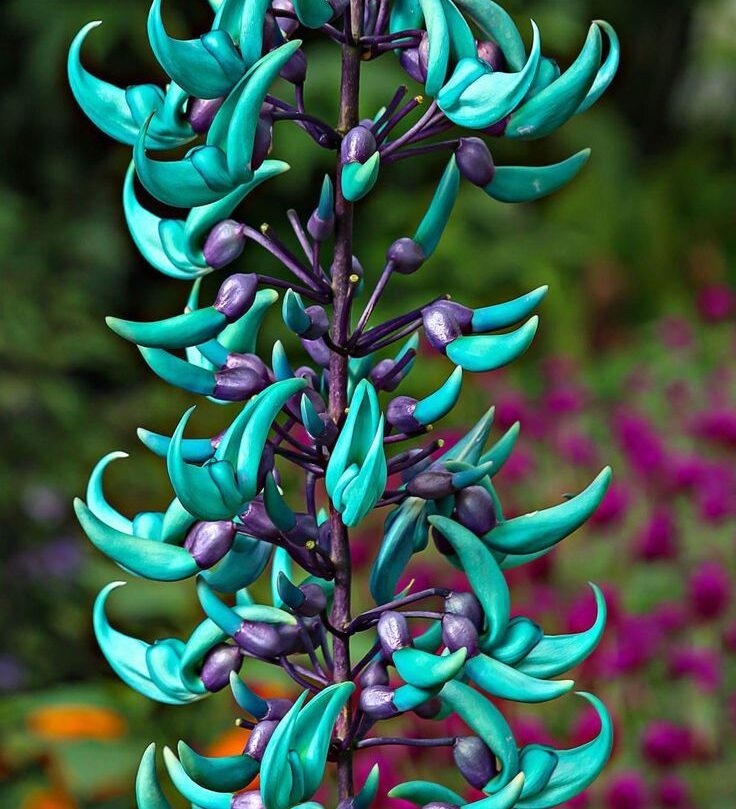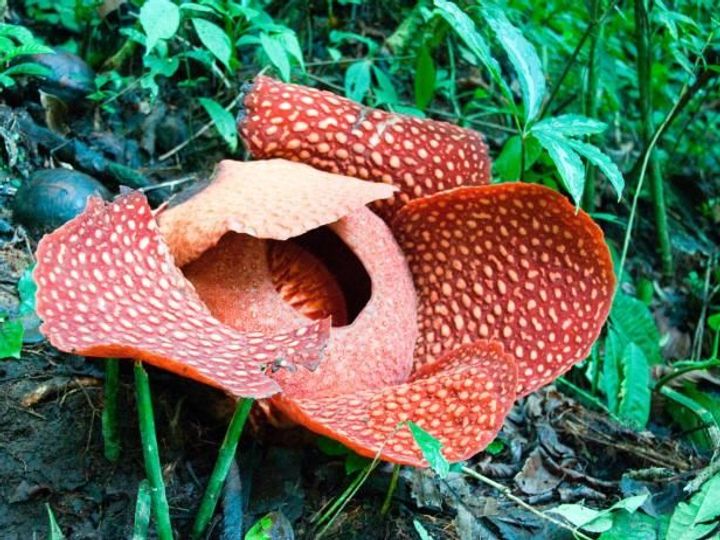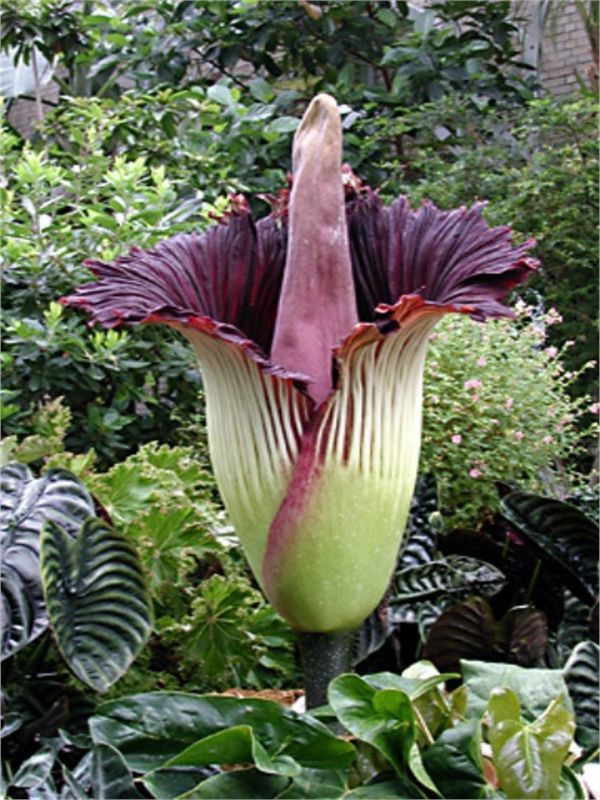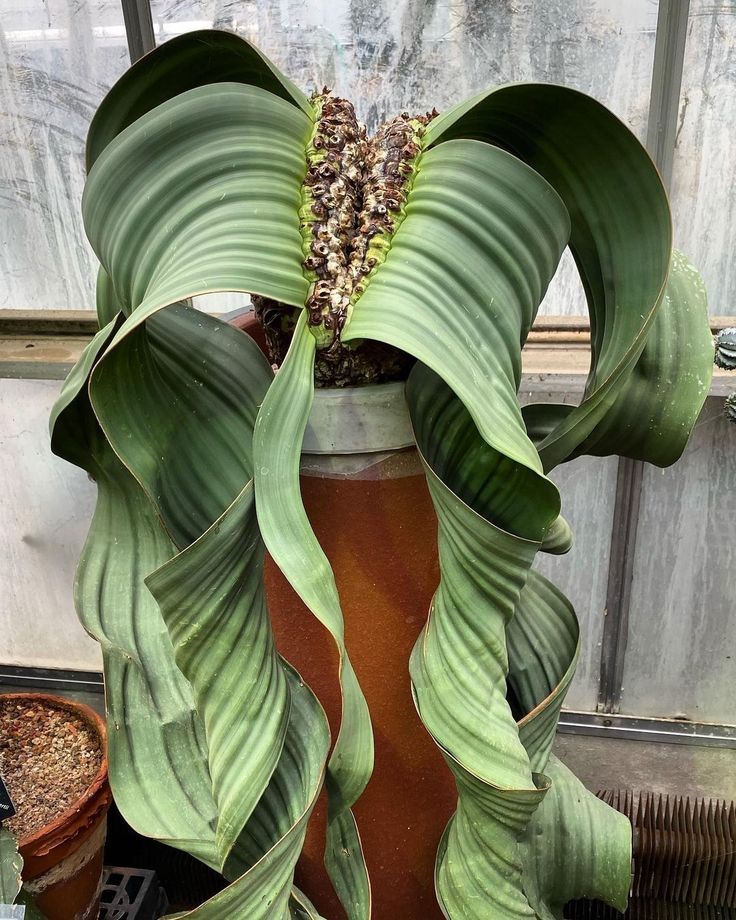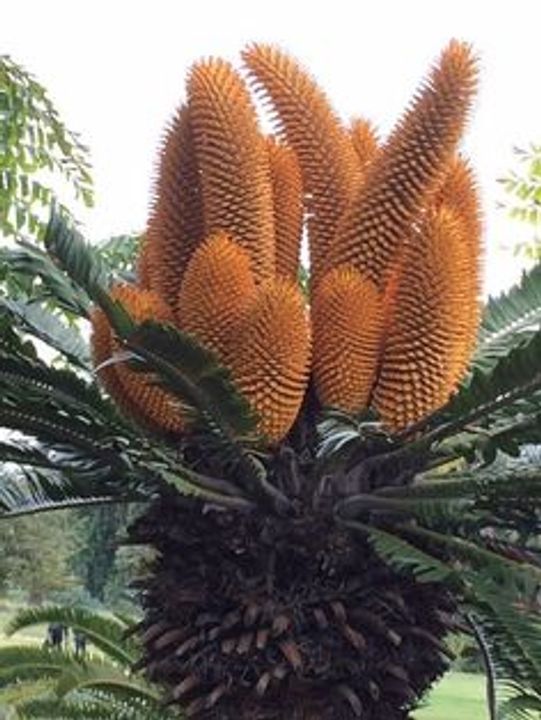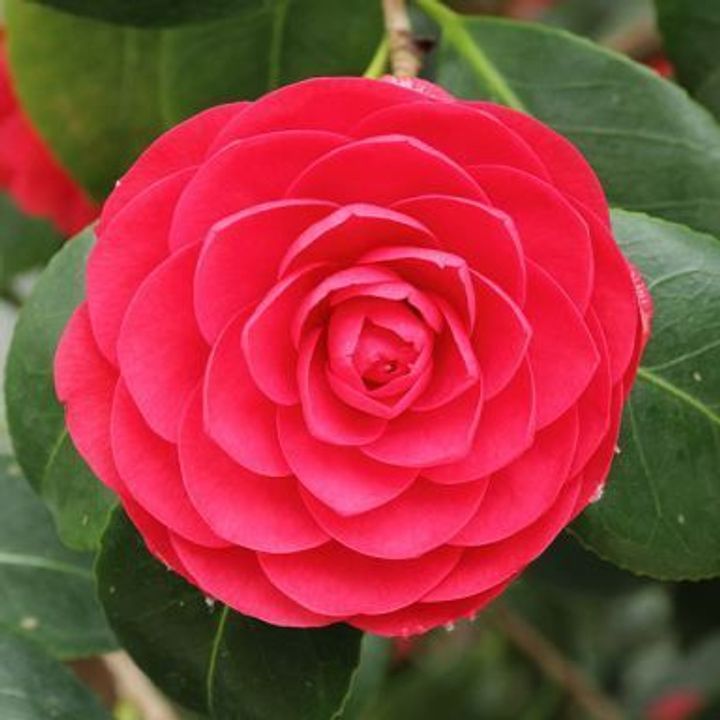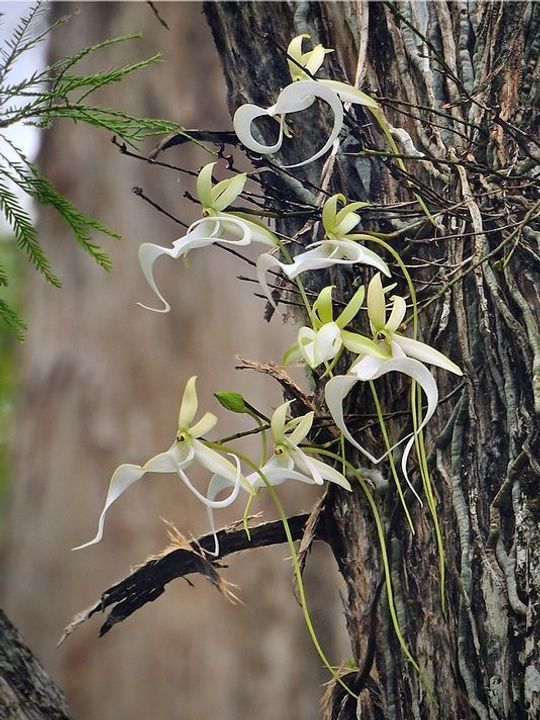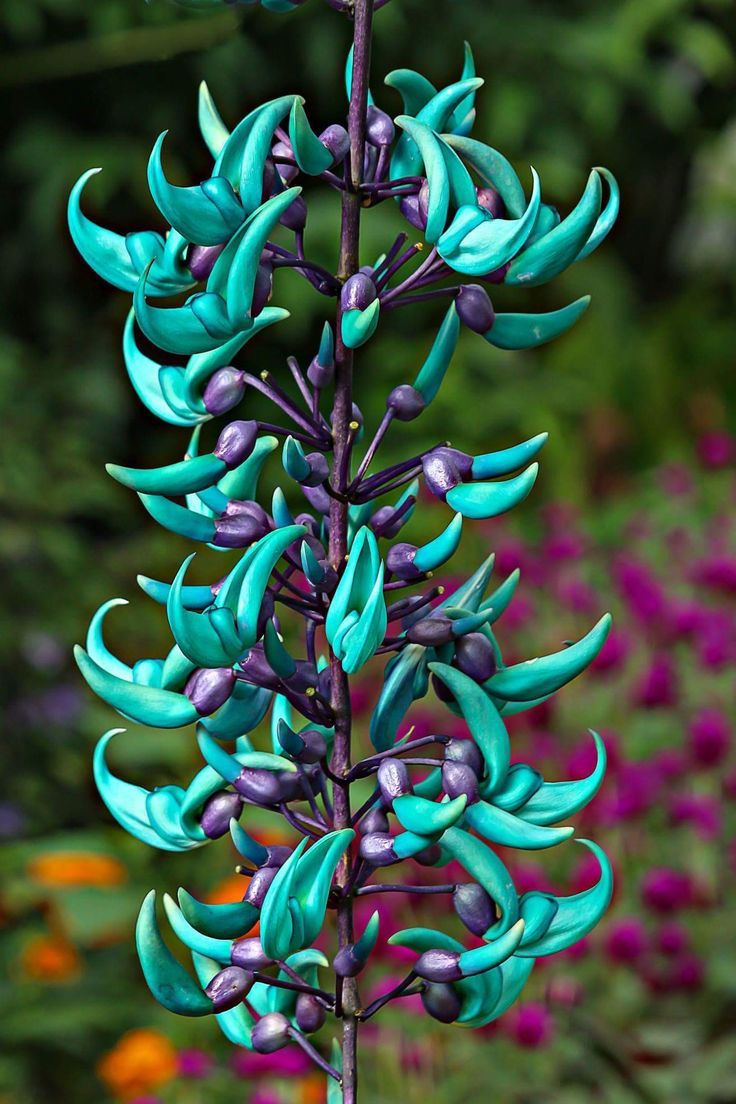In the vast tapestry of nature, some plants stand out not just for their beauty, but also for their rarity. These botanical wonders are not only fascinating but are also threatened by habitat loss and other environmental pressures. Join us as we explore the top 7 rarest plants in the world, each with its own unique story and charm.
1. Rafflesia arnoldii
Known as the ‘corpse flower’ due to its odor, Rafflesia arnoldii boasts the largest individual flower on Earth. Found in the rainforests of Sumatra, Indonesia, this parasitic plant has no leaves, stems, or roots, relying entirely on its host plant for nutrients.
2. Amorphophallus titanum
Also called the ‘Titan Arum’, this plant is famous for its massive inflorescence and strong smell resembling rotting flesh. Native to the rainforests of Sumatra, it’s a spectacle in botanical gardens around the world, despite being extremely rare in the wild.
3. Welwitschia mirabilis
A remarkable desert plant, Welwitschia mirabilis is found only in the Namib Desert. Its two leaves grow continuously throughout its lifetime, and it can live for over a thousand years, making it both a botanical oddity and an ancient survivor.
4. Encephalartos woodii
This cycad is considered one of the rarest plants in the world because no female specimens have ever been found. Originating from South Africa, Encephalartos woodii is now only propagated through male plants, making it functionally extinct in the wild.
5. Middlemist’s Red
Middlemist’s Red is often regarded as the world’s rarest camellia. Originally from China, only two known specimens exist today, one in a greenhouse in New Zealand and the other in Chiswick House Gardens, London.
6. Ghost Orchid
The elusive Ghost Orchid is named for its spectral appearance and the difficulty of spotting it in the wild. Found in the swamps of Florida and Cuba, it lacks leaves and is extremely sensitive to environmental changes, contributing to its rarity.
7. Jade Vine
Native to the rainforests of the Philippines, the Jade Vine is renowned for its stunning turquoise flowers. The plant’s beauty and specific pollination requirements make it rare, as it struggles to survive outside its natural habitat.
